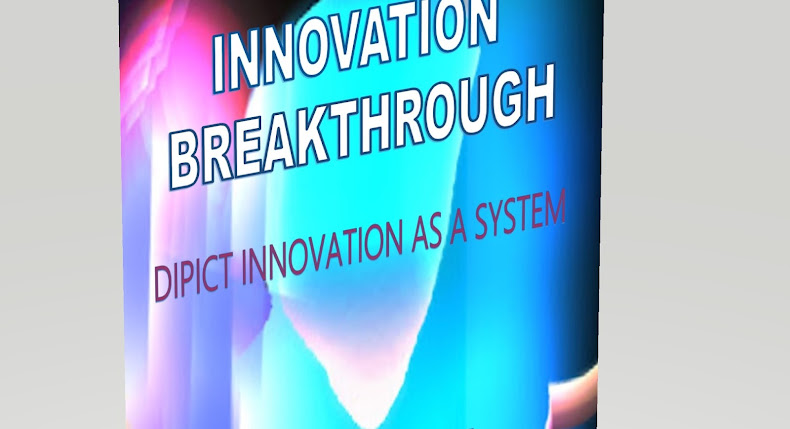Change management as a competency needs to reside in all areas of business where change happens.
Change is the only constant, and Change Management is no longer just a one-time project or business initiative, but an ongoing business capability. However, more than two-thirds of Change efforts fail to achieve the expected result, especially for the large, legacy companies, what’re the causes of failure, and how to make Change Management tangible rather than fluffy?
Change is the only constant, and Change Management is no longer just a one-time project or business initiative, but an ongoing business capability. However, more than two-thirds of Change efforts fail to achieve the expected result, especially for the large, legacy companies, what’re the causes of failure, and how to make Change Management tangible rather than fluffy?
Change management as a competency needs to reside in all areas of business where change happens. Change needs to be human-centered. People should know "where you are driving them to" and " what's on it for them." Therefore, besides a complete realistic plan, the KISS principle, you need to gain the important marketing skills before committing the Change Management Journey. From process and structure perspective, when you put Change Management in places like the PMO or Strategic Planning areas like Sales & Marketing or Finance or R&D, it seems they can just abdicate to those areas instead of taking responsibility for themselves and their own people. When the group being changed takes on the responsibility to understand and manage through it, the change goes much better and it has much more sustainability. People in the PMO today think that because they manage projects, they automatically know how to manage change. Change isn't managed through tasks on a project plan, although you have to have them, it is managed on the ground, every day, in every conversation and interaction. The PMO doesn't necessarily get to that level, nor should it necessarily, but someone needs to.
Measuring change right helps managing change more effectively. We can only manage what we measure. If part of the change includes reduced time or more inclusive decision making, then breakdown decision cycle time to customer and/or sales result. The system is then driven to consider how to keep those at parity, or reduced as part of the end result. Introduce the change and measure days to adoption, decision-making (reduced cost, customer engagement, purchase capability) trajectory of productivity reporting, customer complaints, internal tickets. If a company wants to minimize the cost, and then it is worth engaging those affected by the change, especially the customers (end customers and affected employees) as part of the overall program and success measurement planning.
 Big Box Company looks at a Change Management practice that is a potential money maker. Often they declare themselves a player in the marketplace. But they lack the competency to "change" themselves. For a big company to declare that they can offer Change Management as part of their solution, without having any expertise in the practice, is simply a way of removing an objection to "selling" their solution and "driving" it throughout the organization. How do large companies get away with professing an aptitude for consulting in areas where they have absolutely no expertise? Worse, the area where they profess expertise could be an area where they are sorely lacking within their own organization. So the best way in which Change Management would help in a vertical sector (and would be tangible as well) would be to bring about technical changes in design (reduce complications for suppliers), effective usage of new supplier designs into the products to reduce cost (cost reduction becomes the tangible value), and develop a business process improvement initiative and incorporate change into it. Senior managers are more receptive to this because the benefits are more visible. Perhaps the only reason organizations fail to recognize the opportunities is fear and lack of interest to change.
Big Box Company looks at a Change Management practice that is a potential money maker. Often they declare themselves a player in the marketplace. But they lack the competency to "change" themselves. For a big company to declare that they can offer Change Management as part of their solution, without having any expertise in the practice, is simply a way of removing an objection to "selling" their solution and "driving" it throughout the organization. How do large companies get away with professing an aptitude for consulting in areas where they have absolutely no expertise? Worse, the area where they profess expertise could be an area where they are sorely lacking within their own organization. So the best way in which Change Management would help in a vertical sector (and would be tangible as well) would be to bring about technical changes in design (reduce complications for suppliers), effective usage of new supplier designs into the products to reduce cost (cost reduction becomes the tangible value), and develop a business process improvement initiative and incorporate change into it. Senior managers are more receptive to this because the benefits are more visible. Perhaps the only reason organizations fail to recognize the opportunities is fear and lack of interest to change.There are Little 'c' changes and Big 'C' changes, how to make both types of changes more tangible, rather than fluffy? Little c change - implement a new software tool, reorganize a department; or Big C change - radical digital transformation, merge organizations with overlapping or duplicate functions? Little c change requires tools, training, and practice in order for the participants to feel comfortable that the service level they provide will continue or improve with the same or reduced effort. Big C change requires participants to understand the "why" and for leaders to clearly communicate the goals, expectations and success criteria and to hold managers accountable in order to make change more tangible and sustainable.











































0 comments:
Post a Comment